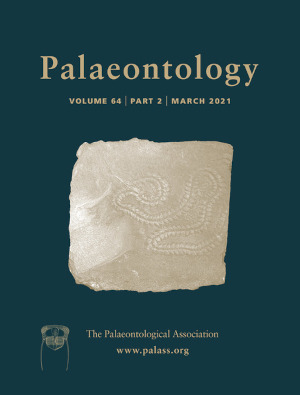Reg. Charity No. 1168330

Cladistic datasets of morphological characters are comprised of observations that exhibit varying degrees of consistency with underlying phylogenetic hypotheses, reflecting the acquisition and retention of character states (highly consistent characters), or the convergent evolution and loss of character states (less consistent characters). The consistency between phylogenetic history and individual character histories has a bearing both on the evolutionary process and on the relative ease with which phylogenetic history may be inferred from morphological data. We surveyed 486 tetrapod morphological cladistic datasets to establish an empirical distribution of consistency among characters and datasets. Average dataset size has increased in the number of characters and taxa through time. The Consistency Index measure of homoplasy decreases as more characters are added but the most significant decreases result from the addition of taxa. Retention Index and Homoplasy Excess Ratio remain relatively constant with changes in taxa and character number. Our sampling of larger datasets confirms that the positive relationship between dataset size and homoplasy is primarily caused by an increase in taxa, not an increase in characters. Genealogies of cladistic data matrices for early vertebrates, scalidophorans and crocodilians, which have been modified in succession, show a trend of generally consistent quality through research time. Thus, we find no support for the widely shared conjecture that in the search for phylogenetic resolution, high quality phylogenetic characters are quickly exhausted, with subsequent research leading to the inclusion of potentially misleading characters exhibiting high levels of homoplasy.